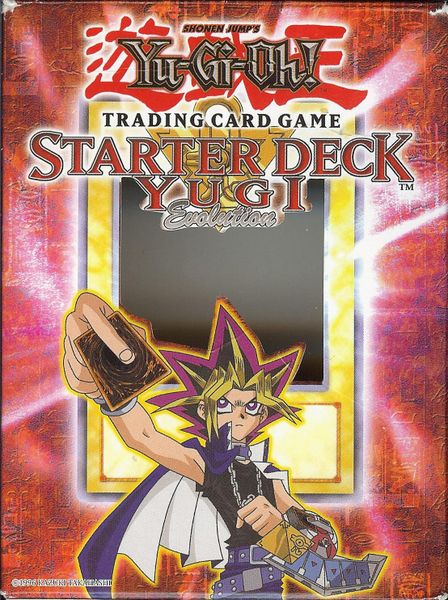Yu-Gi-Oh! Trading Card Game (1999) Board Game
The Yu-Gi-Oh! Trading Card Game was first released in 1999 by Konami as a trading card game based on the popular Japanese manga and anime series, Yu-Gi-Oh!. The game quickly gained popularity worldwide and has since become one of the most popular trading card games in the world.
Game Components of Yu-Gi-Oh Trading Card Game
How To Setup Yu-Gi-Oh Trading Card Game
To set up the game, players start by greeting each other and shaking hands. Each player shuffles their deck thoroughly and then hands it to their opponent for an additional shuffle, known as a cut. The decks are then placed in the designated Deck placement location on the Duel Field. The Fusion Deck is separated and placed in its own location. Players show their Side Deck to ensure it contains exactly 10 cards. A game of rock-paper-scissors determines who goes first. Each player takes the top card of their deck as a bet card and then draws the top 5 cards of their deck to form their hand.
Gameplay Mechanics and Game Objective
Player Experience
The Yu-Gi-Oh Trading Card Game offers a dynamic and strategic experience, combining elements of luck, skill, and strategy. Players must carefully manage their deck, make tactical decisions about card placement, and adapt to the changing landscape of the game. The game encourages creativity and competitiveness, making it appealing to a wide range of players.
Pros
Cons
Personal Thoughts on Yu-Gi-Oh Trading Card Game
The Yu-Gi-Oh Trading Card Game is ideal for those who enjoy strategy, card games, and competitive play. It is particularly suited for fans of the manga and anime series, as it deeply integrates with the franchise’s universe. However, it may not be the best fit for casual players looking for a simple, easy-to-learn game due to its complex rules and deep strategy. Despite this, its engaging gameplay and vibrant community make it a standout in the world of trading card games.
We are supported by our audience. When you purchase through links on our site, we may earn an affiliate commission, at no extra cost for you. Learn more.

